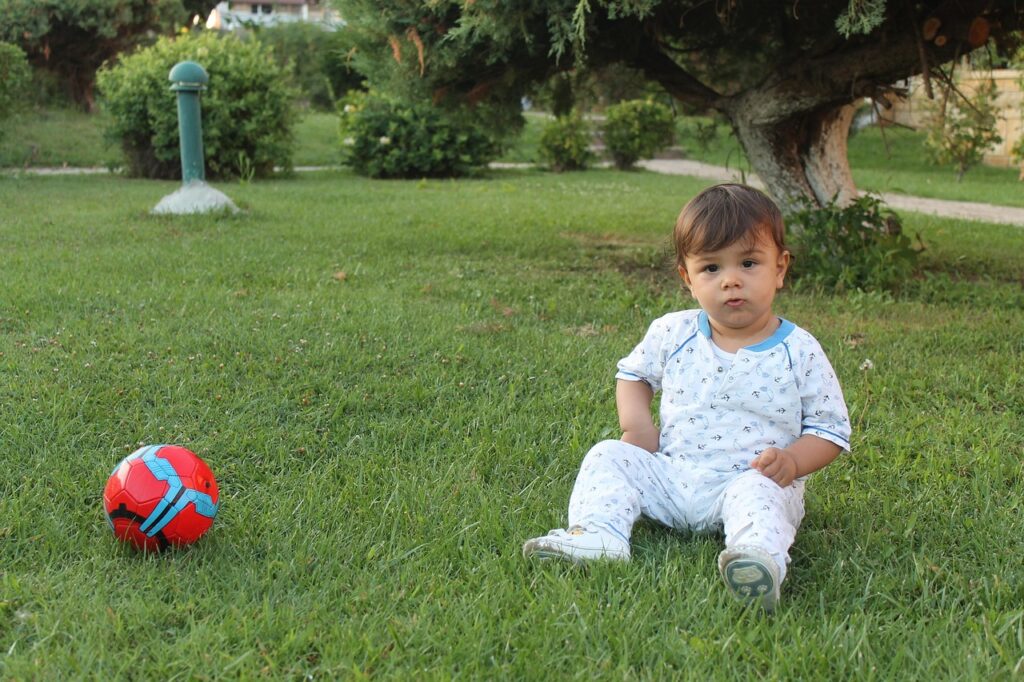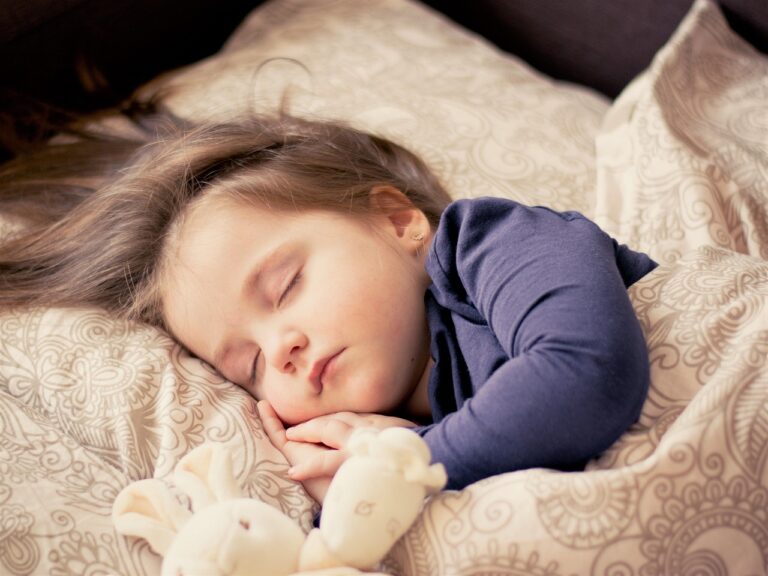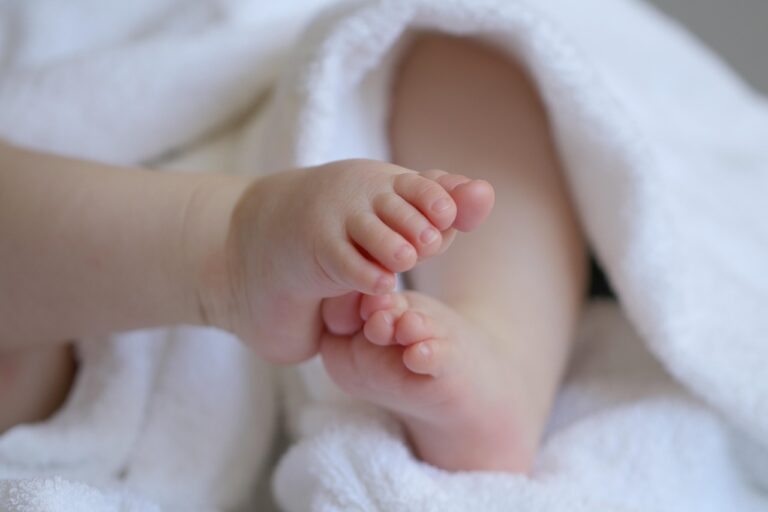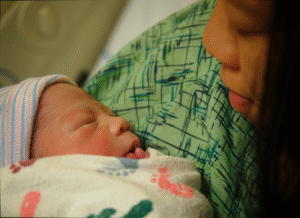
Baby cameras that we can use to best monitor our babies
Becoming a new parent brings joy and a lot of worry—finding the best baby monitor of 2025 is a major concern for any mom or dad. At our lab, we’ve tested dozens of top baby monitors to ensure you get HD video quality, reliable two-way audio, and bulletproof security. Our experts spent hundreds of hours hands-on testing each model so you can trust our recommendations and veteran parents have hands-on tested dozens of monitors in real nurseries and labs, and combed through thousands of parent reviews to compile this guide We only recommend models that passed our rigorous testing for video/audio quality, range, and reliability. Every product below is from a reputable brand (often industry leaders), and we highlight key pros and cons from both our tests and user feedback. Rest assured: our comparison is independent (we purchase all test units and up-to-date for 2025.
"The best baby monitors do more than watch — they track, analyze, and alert you when it matters most."

Best Wi-Fi Video Baby Monitor
A high-end, app-driven camera with built-in sleep analytics. Nanit Pro streams 1080p HD video to your phone and offers 2-way talk, night vision and motion/sound Its optional Smart Sock (sold separate after trial) tracks baby’s breathing.
Pros: Stunning picture quality; robust data and sleep tracking analytics; intuitive mobile
Cons: Expensive; requires solid Wi-Fi (latency if weak); privacy-conscious parents must trust cloud access. Ideal for tech-oriented parents who want all digital features.
An all-in-one monitor that pairs a 1080p Wi-Fi camera with Owlet’s FDA-cleared wearable sock. The Cam streams HD video and two-way audio, while the sock tracks your baby’s pulse and O₂ levels in real-time.
Pros: Combines video & vital-sign monitoring; loud alerts (was ~103 dBa in tests) ensure you’ll hear ; smart app notifications for abnormal readings.
Cons: Very pricey; users report occasional connectivity hiccups; the sock is only cleared for healthy infants (not a medical device). Best for safety-focused parents who want maximum data, and don’t mind the subscription for extra features.
A premium camera-and-sock combo from Eufy. Its 2K ultra-HD camera pans/tilts/zooms around the room, giving crisp livestream video even in low. The included Smart Sock (Bluetooth-connected base) continuously monitors sleep patterns, heart rate and
Pros: Brilliant video and digital zoom; reliable connectivity; sound activation and excellent motion alerts; no monthly fees.
Cons: Like other socks, battery can die unexpectedly, and notifications are only via app. Suits parents who want top video quality plus peace-of-mind tracking. View Price
A leader in non-Wi-Fi monitors. The DXR-8 PRO has a 5″ color display and uses analog FHSS for a very stable signal (no internet needed). It’s modular: swap lenses (standard, wide-angle, macro) by.
Pros: Simple plug-and-play setup; robust performance in our tests; good battery life (~11.5h on a charge); no smart app (so no hacking risk).
Cons: 720p resolution is lower than modern IP cameras; bulky camera with no battery backup; limited features (no recording or sleep analytics). A great fit for parents who want a reliable old-school monitor and don’t need fancy smartphone features.
A versatile RF video system with two motorized cameras. Each camera is battery-powered (up to ~3h) and supports pan/tilt/zoom, so you can remotely follow baby in a large. The parent unit has a 5″ display and shows either a split-screen or rotates between cams.
Pros: Multi-camera setup is perfect for twins or coverage of multiple areas; portable cam means on-the-go monitoring (battery camera for travel); two-way talk lets you soothe baby remotely; room-temperature sensor.
Cons: Average video quality by today’s standards; pairing can suffer interference; camera battery only lasts a few hours. Ideal for parents wanting multi-angle coverage without relying on Wi-Fi.
A top-rated sound-only monitor using DECT 6.0 (like cordless phones).
Pros: Exceptional range and clarity – works through many wallsbabygearlab.com – making it great for large homes. Comes with two parent units, so both parents can listen. Simple VOX (voice-activated) mode cuts out background noise.
Cons: No video or advanced features – just sound. Runs on AA batteries or AC power (backup needed for all-night use). Perfect if you want a fuss-free, plug-and-play monitor with crystal-clear.
A trendy Wi-Fi camera that uses your phone. It has a cute removable stem for flexible mounting.
Pros: Good 720p image with night-vision; true cry-detection via AI; two-way talk and white-noise/lullaby features via. Very easy to set up on home Wi-Fi, and multiple users can connect at once.
Cons: Relies entirely on your smartphone (no separate parent unit screen); must use Lollipop’s cloud (monthly plan needed for sleep tracking beyond 7-day free trial); app can be less intuitive than dedicated units. Great for style-conscious, tech-savvy parents who want app control and a fun. View Price
Decision Guide: Choose the Best Baby Monitor for Your Needs
Wi-Fi vs. RF (Offline) Monitors:
Wi-Fi (app-based) monitors like Nanit, Owlet, Lollipop and Eufy let you see and talk from anywhere, but they require secure internet and power. Analog/RF monitors (Infant Optics, Motorola, Babysense, VTech) work without Wi-Fi, so they’re immune to hackers and internet. (For example, the Babysense MaxView works “with no internet required” Choose Wi-Fi if remote viewing and smart alerts are vital; choose RF if you want plug-and-play simplicity and maximum security.
Large Home or Range Needs:
If your baby’s room is far from yours, prioritize range. The VTech DM1211 scored top marks for , easily covering a big house. The Babysense MaxView also has one of the longest ranges we’ve seen (nearly 190 feet through walls). In contrast, travel monitors (TimeFlys) have very limited range. Note that thick walls, floors or interference can reduce any range claim.
Multiple Babies or Rooms:
For twins or multiple rooms, get a multi-camera system. The Motorola MBP36XL includes two cameras (or add extra Motorola cams later), so you can watch two babies at once. The Lollipop app and some Wi-Fi systems also support two or more cameras in split-screen or app. Alternatively, use two separate units (e.g. two VTech or two Infant Optics monitors).
Portability & Battery Use:
If you need to move the monitor around (e.g. nap in the living room or travel), look for battery-powered units. Motorola’s MBP36XL camera runs on battery so you can “carry it from room to room” The TimeFlys units are fully rechargeable (good for camping or grandma’s house). Most Wi-Fi cameras need outlet power, though Nanit offers a travel stand kit. Check parent-unit battery life too (dedicated RF parent units ran ~5–12 hours in tests).
Movement Monitoring:
If you’re concerned about breathing, consider a wearable sensor. The Owlet Dream Sock (part of Dream Duo 2) and Eufy Smart Sock continuously monitor vitals. The Snuza Hero SE simply clips to a diaper to detect movement. Remember these are supplements, not replacements: as BabyGearLab notes, Snuza is “not a medical device”. Always use movement monitors alongside a video/audio monitor.
Budget Considerations:
Audio-only monitors (VTech, TimeFlys) are cheapest but only let you hear baby. Mid-range Wi-Fi cameras (Lollipop, Eufy) run around $100–$200 and pack the latest tech. High-end bundles (Nanit, Owlet, Motorola with two cams) cost $300+. Weigh features vs. price: a simpler model (like Babysense or VTech) can cover basics well, while premium monitors add bells and whistles

Decision Guide: Choose the Best Monitor for Your Needs
Video Quality & Field of View:
Higher resolution (720p vs 1080p vs 2K) means a sharper picture. Also look at lens/view: wide-angle or pan/tilt cameras (Motorola, Eufy) show more of the room. Check if night vision is infrared (B&W image) or “Night Color” as Motorola calls it.
Two-Way Audio & Sound:
If talking to baby is important, get two-way talk (almost all video monitors have it). Good monitors filter out static and background. A VOX or “sound-activated” mode (e.g. on VTech, TimeFlys) wakes the parent unit only when your baby cries, saving battery and reducing constant noise.
Connectivity & Security:
Wi-Fi monitors need a secure home network. Always change the default password and use encryption (WPA2). This greatly reduces risk of someone accessing your camera feed. If you’re uncomfortable with cloud connectivity, stick to non-Wi-Fi monitors – they work peer-to-peer and can’t be hacked remotely.
Battery & Power
Dedicated monitors usually have battery backup in the parent unit; know how long it lasts (we saw 5–12 hrs). Some video cameras (like Motorola) have rechargeable batteries so they stay active during power outages or travel. For Wi-Fi cameras, consider if you’ll need to run power cords or get a battery pack.
Expandability
If you plan to add cameras later (for twins or playroom), check if the monitor supports multiple cameras. Infant Optics, Motorola, and some Eufy models let you add a second camera; others are one-to-one only.
Smart Features:
Some monitors offer room temperature or humidity sensors, lullabies/night lights, or sleep data in an app. Decide which extras matter to you. For instance, the Motorola shows room, and the Lollipop has a built-in night light and smart cry alerts.
Wearable vs. Mat Monitors:
If you consider a movement monitor, know it’s extra. “Movement mats” (Angelcare/Babysense under the mattress) can detect no breathing at all, while wearables (socks or clips) detect only chest movement. None replaces watching your baby; always follow safety guidelines. Note: Owlet’s sock is FDA-cleared, but others (like Snuza) are not medical devices.
Privacy Policy & Subscription:
Read the fine print. Some monitors keep video on a subscription cloud. Others store video locally on an SD card. Check if there are any hidden fees for “premium” app features. We always highlight free vs. paid capabilities (e.g. Owlet and Nanit have optional subscriptions for extra video storage).
FAQ
Q: Can baby monitors be hacked?
It’s rare but possible for Wi-Fi cameras with weak security. Always use a strong Wi-Fi password and enable encryption (WPA2 or better) on your router. For maximum peace-of-mind, use dedicated RF monitors with no internet connection (they simply can’t be accessed online). Keeping firmware updated and disabling remote access when not needed also helps.
Q: Will a monitor still work if my Wi-Fi goes out?
If you choose a local monitor (no Wi-Fi), it always works – it never uses internet. For Wi-Fi cameras, check for an “offline” fallback. For example, the Eufy S340’s smart sock still alerts via Bluetooth even if the Wi-Fi router is downbabygearlab.com. However, most Wi-Fi cameras won’t stream video without a network. If network reliability is a concern, consider the analog/dedicated monitors listed above.
Q: Can I use the monitor only at night?
Yes, you can switch it on only during naps or nighttime if desired. Most baby monitors are always-on to catch any waking or crying, but you can manually turn off or mute them when not needed. (Just remember if the baby is in the room, it’s safer to have it on.) Some parents turn on the video feed only at night and keep it off when others are home. There’s no setting that “automatically” detects bedtime, but you can simply use the on/off or sleep mode yourself.
Q: Is two-way audio necessary?
Two-way talk lets you hear baby and speak soothing words or white noise through the monitor. It’s very helpful, but not absolutely required. If you have an old baby monitor or a unit without talk, you’ll still hear crying but can’t talk back. We recommend two-way for convenience and peace-of-mind, especially if you use travel or nanny-care situations.
Q: How far can the monitor reach?
Range varies widely. VTech DM1211’s DECT signal easily covered our largest test. In open space, most monitors claim ~800–1000 ft (TimeFlys claims up to 2000 ft). But walls and floors reduce that distance. For a big or multi-story home, look for “long range” specs or user reports. As a rule of thumb, any monitor’s parent unit should remain within sight of the camera (you should always hear a cry even if a signal drops).
Ready to Choose the Right Monitor?
After thorough comparison and expert testing, you’re now equipped to pick the baby monitor that matches your needs. Follow our “View Price” links to check the latest deals and user reviews on retailer sites. Whether you prioritize video clarity (Nanit, Eufy), safety tracking (Owlet, Eufy sock), or simple reliable audio (VTech, Babysense), one of these top picks will give you the confidence and peace-of-mind you need. In the end, the best monitor is the one you trust to work every time baby sleeps. Make your decision today and enjoy more restful, secure nights knowing your baby is being watched over by the right device. Choose your best baby monitor today and sleep peacefully tonight.

First-Time Mom: What to Expect in the First 3 Months
İntroduction Becoming a mother is an incredible journey, especially in those early weeks after birth. The first 12 weeks (often called the “fourth trimester”) are

Are Baby Monitors Safe?
Introduction Wi-Fi baby monitors have revolutionized how parents keep an eye on their little ones, offering convenience, mobility, and remote access. However, the crucial question

How Do Baby Monitors Work? – A Gentle Guide for New Parents
İntroduction Welcoming a new baby comes with a host of questions and discoveries—and before long, you might wonder how those baby monitors really work. Whether

12 Things to Do Before Traveling – Ultimate Travel Checklist
İntroduction As your departure date approaches, it’s perfectly normal to feel a mix of excitement and last-minute stress. Whether it’s packing your suitcase or double-checking

Essential Steps to Building the Best Skincare Routine for Fighting Acne
Introduction Acne is the most common skin condition in the U.S., affecting up to 50 million Americans each year. If you have acne-prone skin, you

What Causes Acne? Hormones, Diet, Stress & More
What Causes Breakouts? An Introduction to Acne Triggers Acne breakouts are a common skin problem for teenagers and adult women. Many factors can contribute to


